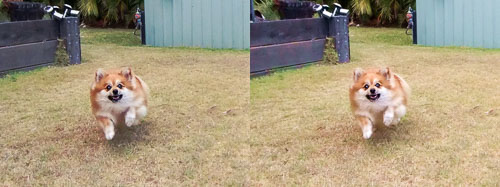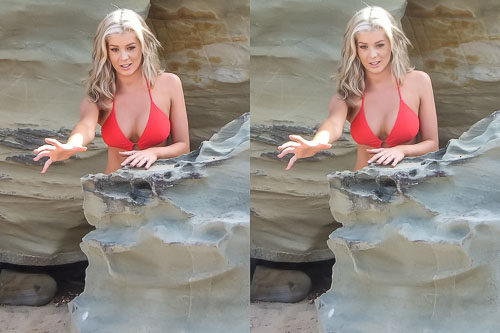3D Stereoscopy
3D Stereoscopy
Stereoscopy (also called stereoscopics or 3D imaging) is a technique for creating or enhancing the illusion of depth in an image by means of stereopsis for binocular vision. Traditional stereoscopic photography consists of creating a 3D illusion starting from a pair of 2D images, a stereogram. The easiest way to enhance depth perception in the brain is to provide the eyes of the viewer with two different images, representing two perspectives of the same object, with a minor deviation equal or nearly equal to the perspectives that both eyes naturally receive in binocular vision.
These images can be viewed without any devices using cross-eyed viewing, a method that swaps the left and right eye images so that they will be correctly seen cross-eyed, the left eye viewing the image on the right and vice versa. The fused three-dimensional image appears to be smaller and closer than the actual images, so that large objects and scenes appear miniaturized. This method is usually easier for freeviewing novices. As an aid to fusion, a fingertip can be placed just below the division between the two images, then slowly brought straight toward the viewer's eyes, keeping the eyes directed at the fingertip; at a certain distance, a fused three-dimensional image should seem to be hovering just above the finger.
It might take a few goes but you should eventually see a 3D image, please avoid prolonged viewing as you may give yourself eye strain.






